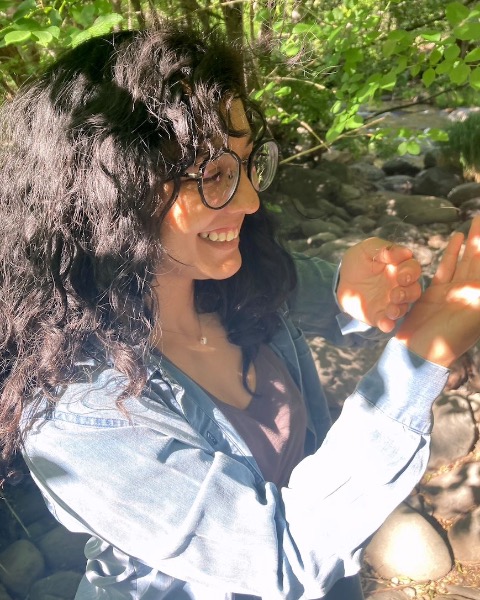Member Symposium
Current Advances in Acarology
A survey of soil oribatid diversity and community structure in a Madrean sky island in southeastern Arizona, US
Sunday, November 10, 2024
9:50 AM - 10:02 AM MST
Location: Phoenix Convention Center, 226 C, PCC

Sofia Gonzalez Salazar (she/her/hers)
Graduate Student
Arizona State University
Tempe, Arizona- JT
Jay E. Taylor
Arizona State University, Arizona
Presenting Author(s)
Co-Author(s)
The Madrean archipelago comprises 55 mountain ranges in southern Arizona and northern Sonora. The Madrean Sky Islands support diverse plant and animal communities isolated from similar communities on neighboring mountain ranges by the surrounding desert. Many studies have documented the diversity of above-ground communities in this region; however, below-ground diversity still needs further study. Oribatid mites are a vital constituent of soil communities, particularly in forest ecosystems. We surveyed soil oribatids and other microarthropods in the Santa Rita Mountains south of Tucson from 2018 to 2021. Litter and soil samples were collected from 207 sites spanning an elevational range from 1000 to 2800 m, and soil microarthropods were extracted using Berlese-Tullgren funnels. As expected, mites were the most abundant component of these communities. Oribatida was somewhat less abundant (43%) overall than Prostigmata (54%) and Mesostigmata (3%). Investigation of the adult oribatids in these samples using light microscopy and genetic barcoding revealed 104 morphospecies, most representing new Arizona records. The most abundant taxa belong to Tectocepheidae, Gymnodamaeidae, and Scheloribatidae. Species accumulation curves suggest that additional oribatid species remain to be discovered. This is the first study to investigate how the composition of a below-ground ground community varies with elevation in a Madrean sky island. It will also produce a catalog of soil oribatid species in the Madrean archipelago and contribute new genetic barcode data.

.png)
